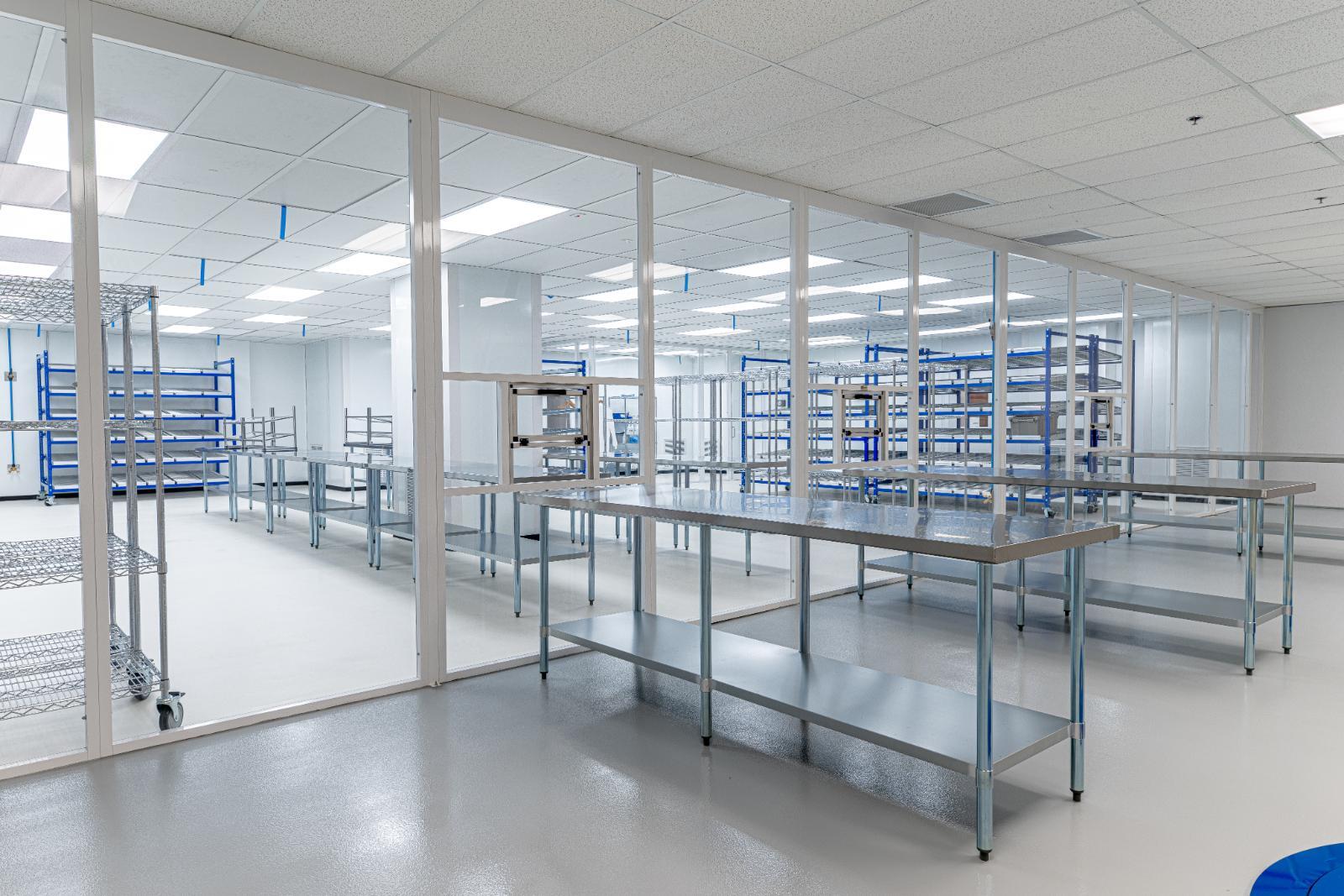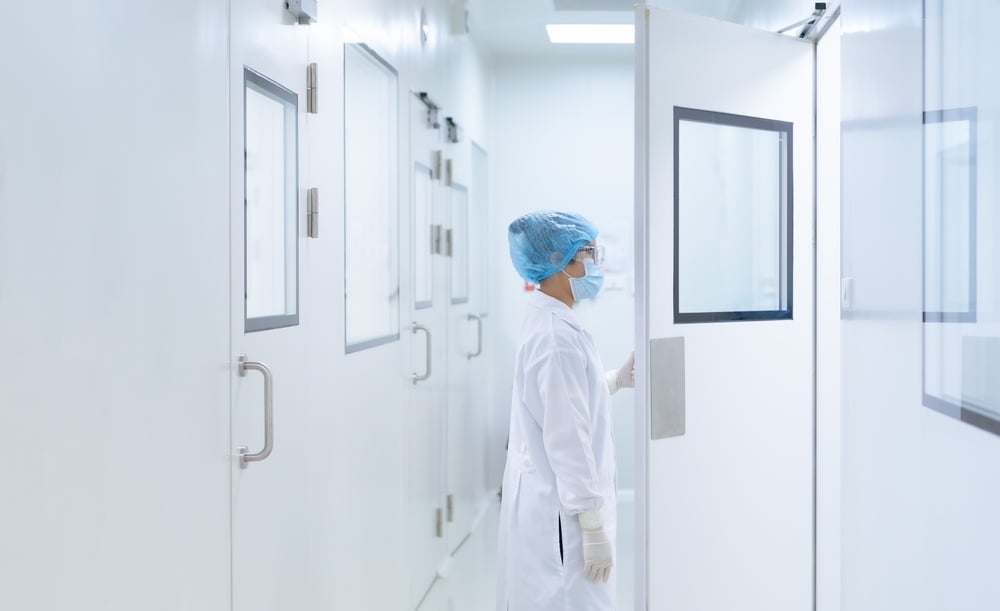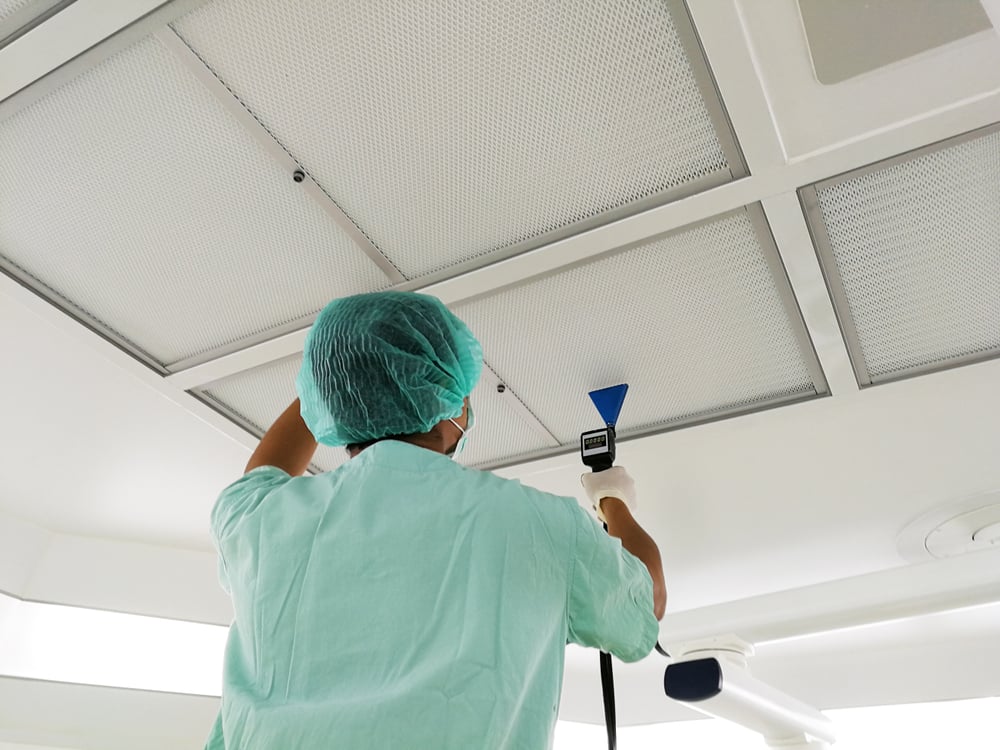Hardwall vs. Softwall vs. Rigidwall Cleanrooms: How to Choose the Right Structure

Cleanrooms are a critical component in industries where environmental control is non-negotiable, but not all cleanrooms are built the same. The choice between hardwall, softwall, and rigidwall cleanrooms significantly impact performance, cost, and long-term scalability.
Each type of cleanroom comes with its own advantages, limitations,and best-fit use cases. Understanding these differences can help you select a cleanroom solution that aligns with your facility’s operational demands, compliance requirements, and future expansion plans.
Understanding the 3 Main Types of Cleanrooms
Before comparing, it’s important to understand what defines each cleanroom type.
- Hardwall cleanrooms use solid, non-porous panels (typically made of aluminum composite or insulated steel) to create a permanent, fully enclosed structure.
- Softwall cleanrooms feature flexible vinyl or PVC curtains hung from a frame to create a partially enclosed, modular space.
- Rigidwall cleanrooms bridge the gap between the two, using clear acrylic, PVC, or polycarbonate panels for enhanced strength while maintaining modularity.
1. Hardwall Cleanrooms: Maximum Durability and Control
Strengths
Hardwall cleanrooms are the most robust and durable option. Their solid panels provide superior particle containment, pressure control, and environmental stability, ideal for industries requiring high-level contamination control (ISO Class 5 or cleaner). These structures can integrate seamlessly with HVAC systems, airlocks, and pass-through chambers for precise regulation of air pressure, humidity, and temperature.
Their long-term durability also supports heavy equipment installations and high traffic, making them well-suited for large-scale or permanent facilities.
Limitations
The trade-off for durability is flexibility. Hardwall cleanrooms require longer installation timelines and higher upfront costs. Once installed, they’re less adaptable to reconfiguration and relocation.
Best Applications
- Pharmaceutical manufacturing
- Semiconductor fabrication
- Aerospace component production
- Research labs with strict ISO classifications
- Medical Device and packaging
- Automotive
2. Softwall Cleanrooms: Cost-effective and Flexible
Strengths
Softwall cleanrooms offer a lightweight, cost-effective, and highly adaptable solution. Their modular frame-and-curtain design allows for quick installation and reconfiguration, making them ideal for facilities that need temporary or semi-permanent clean environments.
They’re easy to assemble, disassemble, and expand as project needs evolve. Installation can take just days rather than weeks, minimizing downtime and labor costs. Softwall cleanrooms are also an excellent entry point for businesses establishing their first cleanroom or testing a new process.
Limitations
While flexible, softwall cleanrooms don’t provide the same level of environmental control or durability as hardwall structures. They are typically limited to ISO Class 7-8 environments and may struggle to maintain stable pressure or temperature for sensitive operations.
Best Applications
- Medical device assembly and/or packaging
- Packaging and inspection areas
- Light electronics manufacturing
- Temporary or pilot production facilities
3. Rigidwall Cleanrooms: A Crystal-Clear Mix of the Two
Strengths
Rigidwall cleanrooms combine the structural stability of hardwall systems with the modular flexibility of softwall designs. Panels made from materials like acrylic, polycarbonate, or aluminum composite provide a solid surface for improved cleanliness and pressure control, while still allowing for reconfiguration or relocation.
These cleanrooms support a wide range of ISO classifications (typically ISO 5-8) and can accommodate built-in utilities, filtration, and monitoring systems. They’re also an aesthetically appealing option for facilities that value transparency, visibility, and a polished appearance.
Limitations
Rigidwall cleanrooms generally come at a higher cost than softwall options, and while they’re easier to reconfigure than hardwall systems, they still require more effort and planning to relocate or expand.
Best Applications
- Biotechnology and life sciences
- Precision electronics
- Research and development facilities
- Multi-phase production environments
Comparing Cleanroom Options
|
Feature |
Hardwall Cleanroom |
Softwall Cleanroom |
Rigidwall Cleanroom |
|
Durability |
High; permanent solid panels |
Low; flexible curtain walls |
Medium; rigid yet modular panels |
|
Flexibility |
Low |
High |
Moderate |
|
Installation Time |
Longest (weeks) |
Shortest (days) |
Moderate (1-2 weeks) |
|
Cost |
$$$ |
$ |
$$ |
|
ISO Classification Range |
ISO 5-8 |
ISO 7-8 |
ISO 5-8 |
|
Best For |
Long-term, high-spec facilities |
Temporary or adaptable clean areas |
Balanced, semi-permanent environments |
Choosing the Right Cleanroom for Your Industry and Goals
Your selection between a hardwall, softwall, or rigidwall cleanroom depends on these main factors.
- Industry standards: Pharmaceutical and semiconductor facilities typically require hardwall or rigidwall systems to meet stringent ISO standards, while manufacturing and assembly applications may find softwall designs sufficient.
- Budget and timeline: If speed and affordability are top priorities, softwall cleanrooms offer rapid deployment. For long-term investment, hardwall systems provide unmatched durability.
- Scalability: Rigidwall systems are ideal for growing operations that anticipate future expansion or layout adjustments.
- Compliance needs: ISO classification requirements, contamination control levels, and process sensitivity should all drive your decision.
Working with an experienced cleanroom provider ensures your chosen structure aligns with performance expectation, compliance regulations, and your facility’s unique operational needs.
Partner with Encompass Cleanrooms for a Tailored Solution
Whether your goal is a hardwall cleanroom for permanent, high-performance use or a softwall cleanroom for flexible, cost-effective deployment, Encompass Cleanrooms delivers precision-engineered environments built around your needs.
Our team designs, fabricates, and installs cleanroom systems that meet exact ISO standards while optimizing space, cost, and long-term functionality. With experience across automotive, aerospace, semiconductor, and medical device industries, we help facilities choose and implement the right cleanroom structure to achieve operational excellence.
Ready to discuss your project? Contact us online to design a cleanroom solution that fits your facility.


